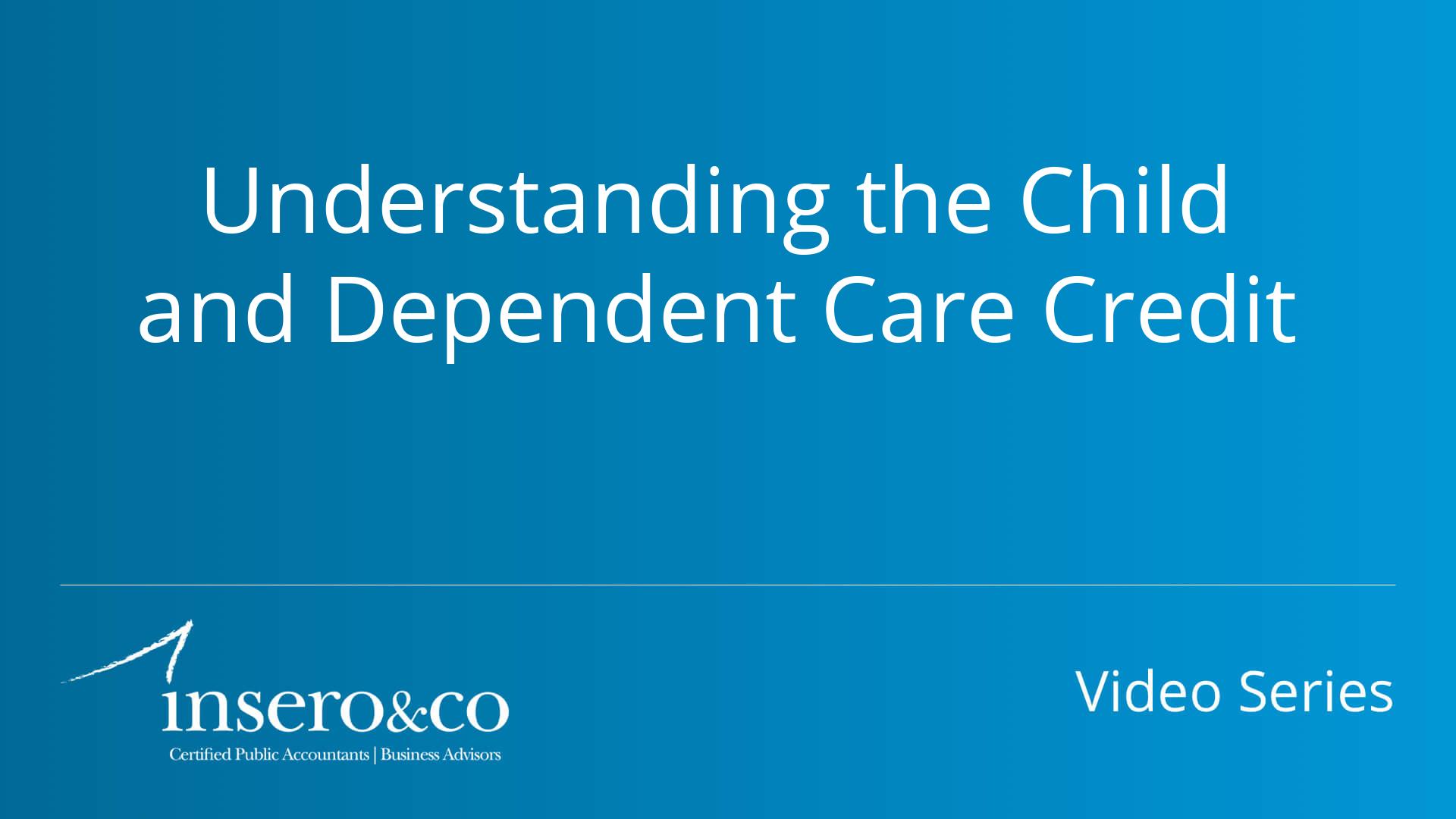ARTICLE | January 16, 2024
Executive summary: New York finalizes corporate tax rule changes
On Dec. 27, 2023, the New York Department of Taxation and Finance published final regulations that have been in draft form for several years. The rule changes, comprising of 417 pages, are intended to implement the comprehensive corporate tax reform enacted in 2014 and adopt the Multistate Tax Commission’s (MTC) 2021 revised guidance on P.L. 86-272. The earlier corporate tax reform modernized and clarified the tax code. In doing so, the state est New York finalizes broad changes to corporate tax rulesablished an economic nexus standard, changed the apportionment scheme from one based generally on the location where services were performed to a market-based approach, modified the rules for mandatory and permissive combined reporting, eliminated the separate taxation of subsidiary capital, established new definitions of investment capital and income, altered how investment capital and income are taxed and enacted numerous minor clarifications and technical corrections. This article highlights the most salient rule additions and changes.
Sweeping changes to corporate tax rules adopted
Applicability
The new rules, which include a full and permanent repeal and replacement of the relevant prior regulations, are effective retroactively to the enactment of tax reform (e.g., Jan. 1, 2015). The department has stated that it has the authority to waive penalties resulting from the retroactive application of the rules which are generally applicable to C corporations and New York S corporations. The rules do not apply to partnerships and nonresident individuals, but may impact the reporting requirements of corporate partners.
New York City is expected to issue regulations generally following the New York State final regulations, although the city’s tax reform did not apply to S corporations. Importantly, New York City has indicated its intent to not conform to New York State in several aspects due in part to the city’s unique tax regime, including a partnership tax, the methodology for flowing up income, the passive investment company rules and the billing address presumption.
Economic nexus and P.L. 86-272
One of the most significant changes of tax reform was the enactment of economic corporate tax nexus rules providing that a foreign corporation is considered to have nexus if it has at least $1 million of New York receipts. For combined reporting filers, receipts from unitary affiliates with at least $10,000 in New York receipts are aggregated in the determination. These amounts are indexed for inflation annually, and have been increased to $1,283,000 and $12,000, respectively, for tax years beginning on or after Jan. 1, 2024. In addition, receipts protected under P.L. 86-272 will be considered in the determination.
The final regulations also essentially adopt the MTC’s revised guidance addressing 11 activities conducted over the internet not protected by P.L. 86-272. The activities are illustrated through additional examples in the state’s P.L. 86-272 rules. New York is the first state to adopt the guidance through a regulatory process. For more information on the guidance, please read our article, MTC adopts new P.L. 86-272 guidance: What you need to know. California’s attempt to adopt similar rules through guidance was recently rejected by a court on procedural grounds. New Jersey issued its own guidance addressing P.L. 86-272 in September.
Business apportionment factor rules
Sourcing
In light of New York’s move to a market-based sourcing rule under its prior corporate tax reform, the final regulations address a number of areas affecting the state’s business apportionment factor (BAF), and provide much needed guidance regarding sourcing rules, receipts from digital products and intangibles, items included in the factor, and other general provisions. Recall that before the state’s corporate tax reform, there were only a handful of categories of receipts outlined in the state’s apportionment rules. Post-reform, over 50 categories of receipts are detailed with individual sourcing rules. Special rules also exist for certain categories of income including specific financial receipts and qualified financial instruments.
Since corporate tax reform, New York has generally sourced receipts from services, digital products and “other business activities” using a hierarchical approach, looking first to the location where the benefit of the service is received or where the digital product is primarily used, followed by delivery destination. The final regulations have widely expanded on this rule, providing additional definitions, outlining specific categories of receipts to which the rules apply, and prescribing rules for determining the application of each step in the hierarchy, along with numerous illustrative examples.
New special investor-based sourcing rules for services provided to passive investment customers are similar to the existing rules for services provided to regulated investment companies. If the necessary information cannot be determined, the rules default to the location where the services are managed by the passive investment customer. Additionally, the final regulations provide special rules similar to the reasonable approximation and intermediate transactions approaches allowed in other states.
Other apportionment items to note
The revised regulations also include discussions of the following items:
- Receipts for purposes of the receipts factor generally include unusual events, omitting draft language that would have excluded such events. New York City is currently considering whether to adopt the same approach
- Presumption that receipts from large quantity transactions (e.g., more than 250 business customers) are sourced to the location of the customer’s billing address. New York City has expressed its intention to not follow this provision
- Sourcing of gains from the sale of certain non-financial intangible assets, generally looking to the location where the value of the intangible was accumulated
- Discretionary adjustments to the BAF. Although rules concerning discretionary adjustments and alternative apportionment methodologies were largely retained (generally requiring taxpayers to seek preapproval from the state), the regulations provide clarity regarding taxpayers’ ability to file amended returns or seek further consideration of a prior determination during an audit
Other significant guidance
A brief listing of other items addressed by the rules follows below:
- Application of revised entire net income tax base, including adoption of effectively connected income threshold for non-U.S. corporations for computing income and inclusion of a combined report
- Guidance regarding the application of the new combined reporting requirements based on unitary business determinations, including treatment of special entities
- Repeal of rules governing the franchise tax on banking corporations, effectively merging it with the franchise tax on business corporations
- Clarification of the definition of investment capital and the identification requirements, including guidance on excluding other income that would be prohibited from taxation by the U.S. Constitution
- Computation of net operating loss and prior net operating loss provisions, including incorporating section 382 standards, separate return year limitations, and the application of federal changes to closed years
- Elimination of former ‘separate accounting election’ and provision of specific rules for corporate partners and LLC members, specifying that LLC members are treated similar to limited partners in a partnership
Takeaways
The final regulations provide some closure regarding the long process that began with the enactment of the tax reform, intended to simplify the New York tax regime. Corporations and partnerships with corporate partners should carefully review the impact of the revised guidance on current audits and financial statement provisions, as well as review the historical filing positions for potential planning opportunities or new areas of potential exposure. Taxpayers with questions about the extensive New York corporate tax rules should speak to their New York state and local tax adviser as soon as possible.
Do you have questions or want to talk?
Call us at (800) 232-9547 or fill out the form below and we’ll contact you to discuss your specific situation.
This article was written by Amanda Pucciarelli, Robert Zonenshein, Mo Bell-Jacobs and originally appeared on 2024-01-16.
2022 RSM US LLP. All rights reserved.
https://rsmus.com/insights/tax-alerts/2024/ny-finalizes-broad-changes-corporate-tax-rules.html
The information contained herein is general in nature and based on authorities that are subject to change. RSM US LLP guarantees neither the accuracy nor completeness of any information and is not responsible for any errors or omissions, or for results obtained by others as a result of reliance upon such information. RSM US LLP assumes no obligation to inform the reader of any changes in tax laws or other factors that could affect information contained herein. This publication does not, and is not intended to, provide legal, tax or accounting advice, and readers should consult their tax advisors concerning the application of tax laws to their particular situations. This analysis is not tax advice and is not intended or written to be used, and cannot be used, for purposes of avoiding tax penalties that may be imposed on any taxpayer.
RSM US Alliance provides its members with access to resources of RSM US LLP. RSM US Alliance member firms are separate and independent businesses and legal entities that are responsible for their own acts and omissions, and each are separate and independent from RSM US LLP. RSM US LLP is the U.S. member firm of RSM International, a global network of independent audit, tax, and consulting firms. Members of RSM US Alliance have access to RSM International resources through RSM US LLP but are not member firms of RSM International. Visit rsmus.com/aboutus for more information regarding RSM US LLP and RSM International. The RSM(tm) brandmark is used under license by RSM US LLP. RSM US Alliance products and services are proprietary to RSM US LLP.

Insero & Co. CPAs, LLP is a proud member of RSM US Alliance, a premier affiliation of independent accounting and consulting firms in the United States. RSM US Alliance provides our firm with access to resources of RSM US LLP, the leading provider of audit, tax and consulting services focused on the middle market. RSM US LLP is a licensed CPA firm and the U.S. member of RSM International, a global network of independent audit, tax and consulting firms with more than 43,000 people in over 120 countries.
Our membership in RSM US Alliance has elevated our capabilities in the marketplace, helping to differentiate our firm from the competition while allowing us to maintain our independence and entrepreneurial culture. We have access to a valuable peer network of like-sized firms as well as a broad range of tools, expertise, and technical resources.
For more information on how Insero & Co. CPAs can assist you, please call (800) 232-9547.




